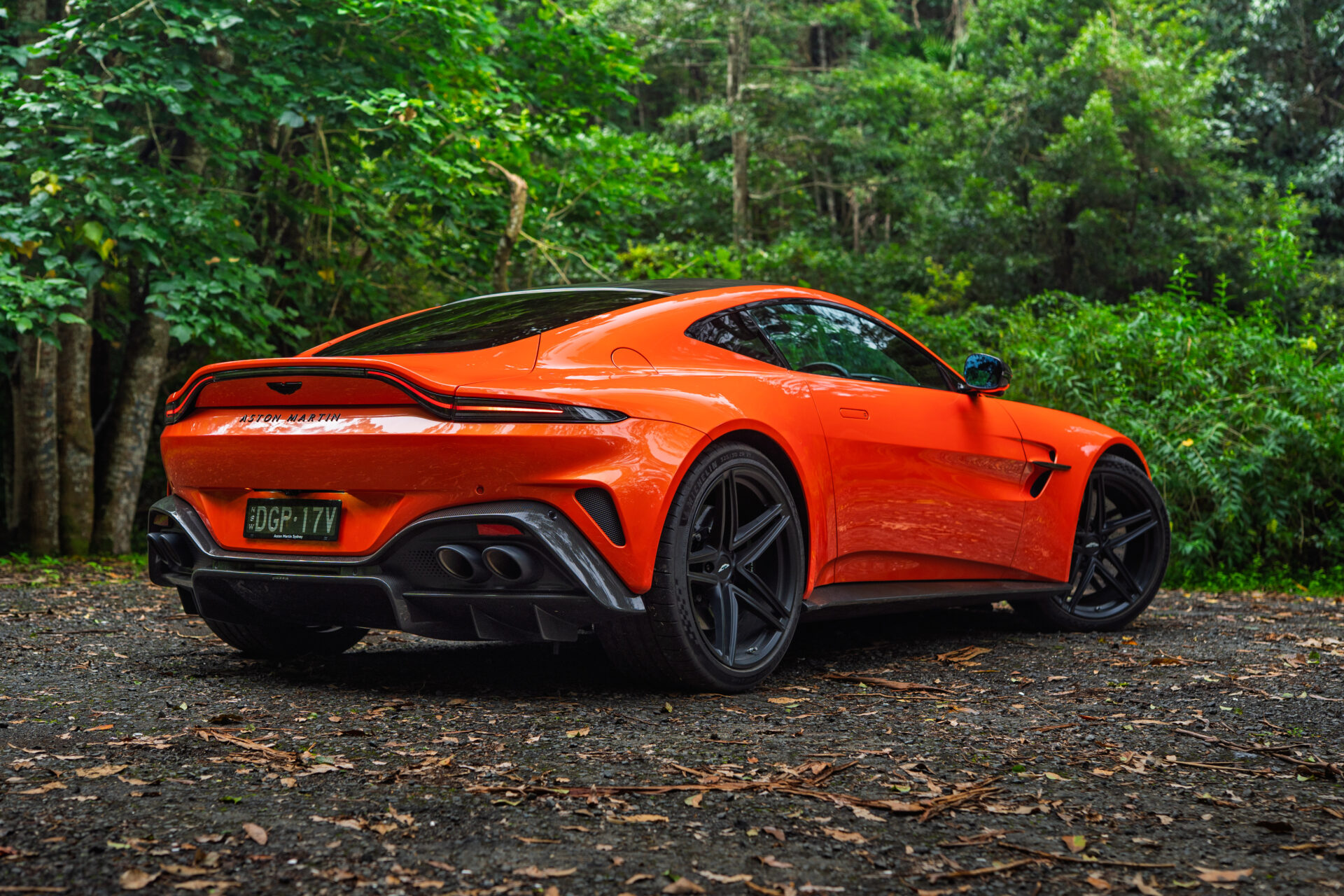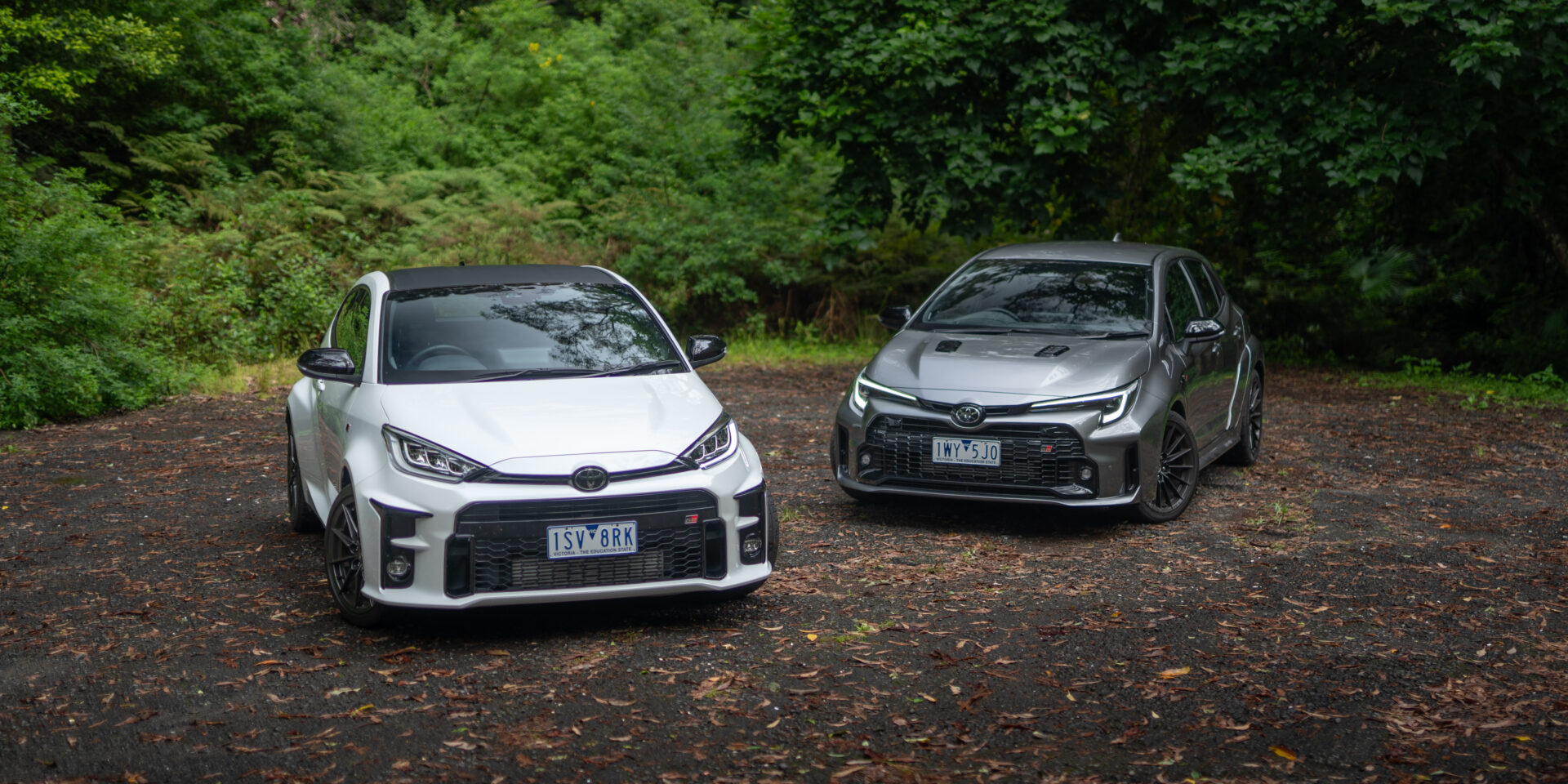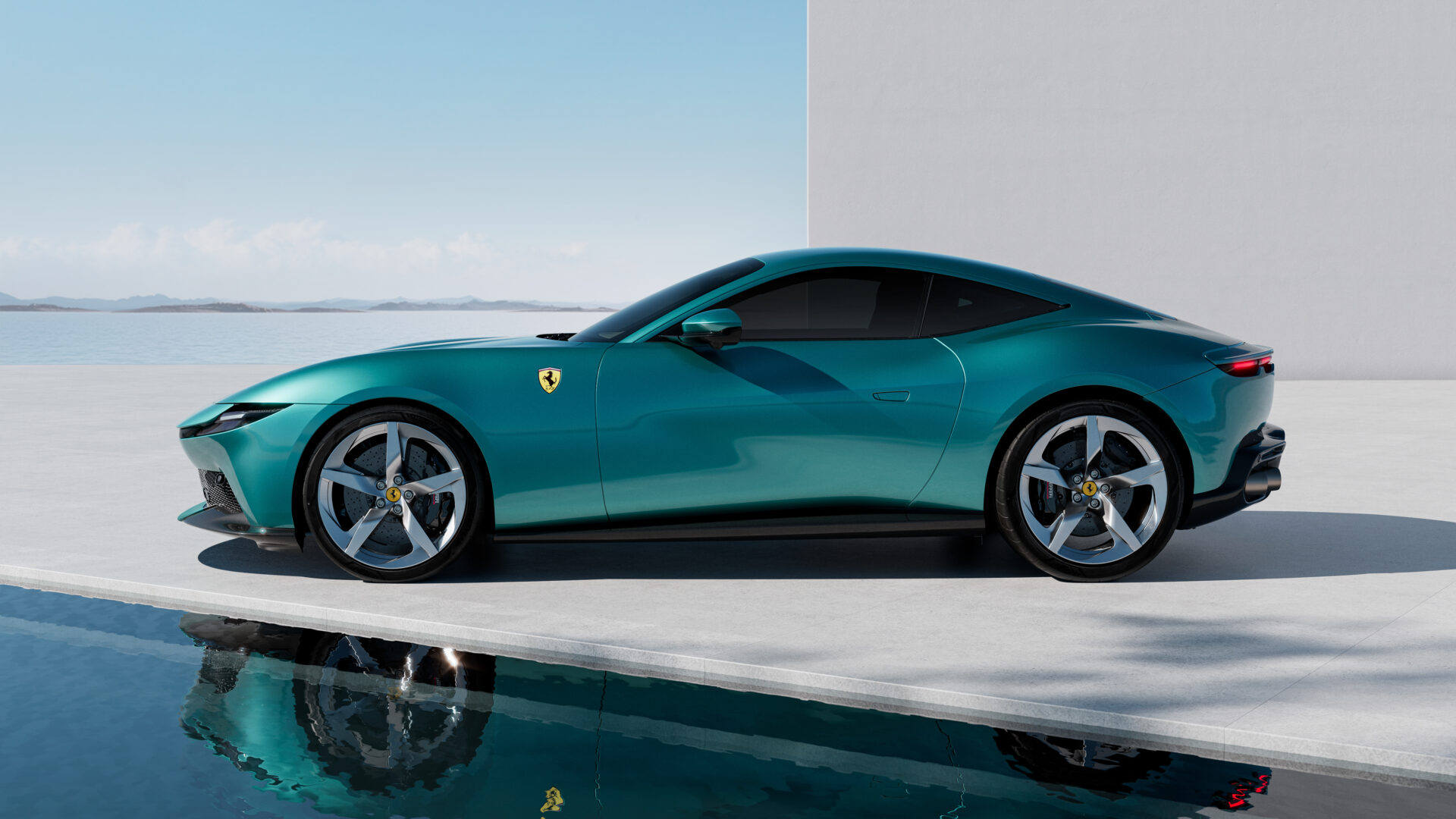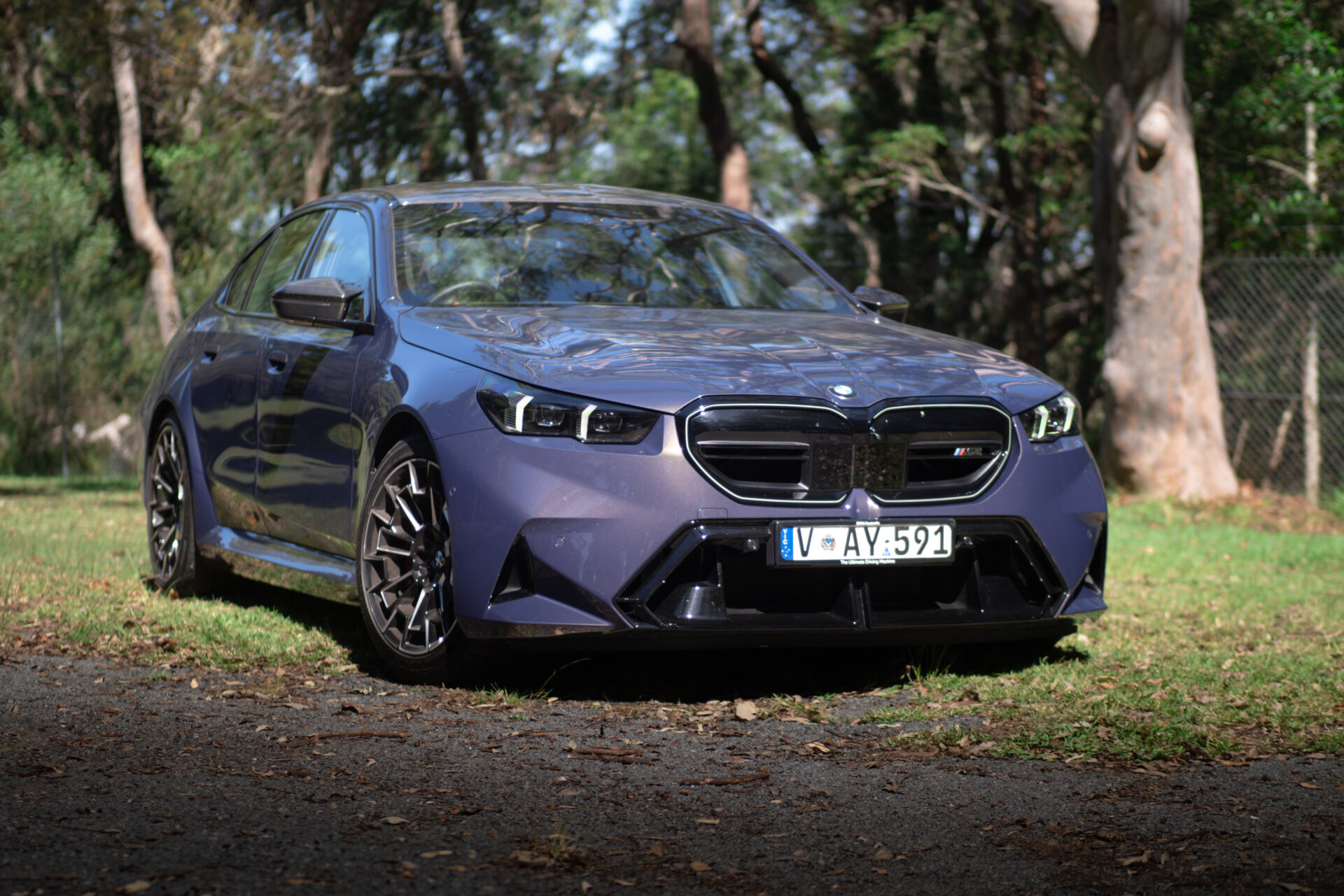The 2019 Nissan Leaf is a late-starter here in Australia. So late, in fact, I drove it almost two years ago around the streets of Yokohama on a short preview drive that only gave me a bit of a taste.
I knew then that it wasn’t a performance car. But it’s an important car, because it’s the second generation of Nissan’s trailblazer electric car, the one the industry laughed at, the one they said was a waste of time. That was almost ten years ago.
Electric cars are where it’s all going. These pages have already hosted the fun-filled BMW i3. That wasn’t so much as a preview as a what-if. Sadly, there aren’t more electric cars like it. But what’s coming in the next year or so is super-important because it’s going to set the scene for the next half century (at least) of motoring.
Thing is, they’re all expensive cars, out of reach for a good percentage of us, including me. So the Leaf is here to deliver what most other electric cars in Australia can’t – affordable(ish) electric motoring.
History
Nissan’s first Leaf started rolling down the first of what would eventually be three assembly plants – Oppama in Japan, Smyrna in Tennessee and Nissan’s Sunderland plant in the UK. The car that woudn’t did – 300,000 sales in nine years doesn’t sound like a lot, but nobody else was pulling those kinds of numbers until Tesla’s faltering Model 3 finally got going.
ZE0, as it was codenamed, started its journey with an 80kW/280Nm electric motor driving the front wheels.
Two years after launch the range increased to 121km and then to 135km another year or so later. A new 30kWh batteery arrived in 2016, boosting range to 172km.
At its 2009 presentation, Nissan said the Leaf was meant to be more appealing to mainstream buyers with a more conventional look. In other words, it doesn’t look like a Prius.
Yeah, nah. It was dumpy and odd-looking, wobbling around small skinny wheels. That didn’t really matter, I suppose, because it had inner beauty. Perhaps the Dalai Lama can weigh in here and say it needs to be better-looking in order to sell its good karma.
The interior was weird, too. And people even ordered the beige cabin without their children first being threatened.
The Leaf proved a few things over its decade on sale – a ten year battery life was kind of right, the lithium-ion batteries themselves were reliable (Nissan claimed a replacement rate of just 0.02%, or about five batteries per year) and, most importantly, buyers were into it despite all its compromises.
Look and Feel



The 2019 machine is much better-looking, but it’s still no #blessed Instagram post. Sadly for Nissan, the Honda EV and even the Hyundai Kona EV are better-looking. It’s kind of like a taller Pulsar, like the designers mixed in some Tiida along the way.
It’s still too tall for its wheels and still looks like it was dropped onto a platform one size too small for the body. Again, its inner-beauty is what it’s all about but at least its aquatic mammal look is less pronounced. On porpoise, I imagine (I am not sorry).






The interior is much more sensible, though, with just the oddball transmission selector from Year 3 pottery class surviving. The rest of it is pretty normal, but in classic critic style, it could maybe be a little more committed to the idea of being futuristic. To be fair, the dinky 5.0-inch screen from the Leaf I drove at launch has been replaced by a much nicer 80-inch touchscreen with Apple CarPlay and Android Auto.
The back seat is predictably small and hatchback tight and everyone sits Popemobile-high because the batteries are slung underneath the floor. That does have an effect on headroom and the feeling that you’re sitting on a skateboard, but it does liberate some leg and kneeroom in the back.
Drivetrain



For the second-generation, the Leaf has more power and torque. Power is up to 110kW and torque a very pleasing 320Nm.
Power goes to the front wheels via a single-speed automatic.
Battery density is up a whopping 67 percent since 2010, with a claimed 270km range from the 40kWh unit. The car comes with a portable charger but you can also step up to CHAdeMO charger for a fast DC charge.
Nissan claims a 0-100km/h time of 7.9 seconds and an understandably limited top speed of 144km/h.
Charge times and cost



From a standard 240-volt wall charge, you’ll go from zip to full in about 24 hours, or the rough standard of 10km per hour of charge. As you go over 80 percent, charging slows, so keep that in mind.
Wallbox charging falls to about 7.5 hours for a full charge and Nissan reckons 70 percent of punters will go for that.
A 50kW CHAdeMO DC charge will take 60 minutes for an 80 percent charge.
“Only 270km?” I hear you cry. Well, yes. It’s not a lot, but here are some stats. In Australia (and I imagine this is similar the world over), the average daily commute is around 38km. That’s five easy days of commuting without plugging in at all. If you plug in every day, you’ll never drop below 200km, all things being equal.
If you want more range, you’ll need to wait for the bigger battery car which will surely be along soon.
If you need more range now, you need another $10,000-$15000 for a Hyundai Kona EV. Hardly anyone really needs a 400km range. Heck, I spent a week in a Range Rover PHEV with just a 30km real world range and used 14km of petrol because I kept plugging in when I got home.
JetCharge’s CEO Time Washington says that if you’re tarriff is 30c kW/h, you’ll use around $2.10 per day or about $760 per year. If you can work out off-peak charging, that will likely halve. Petrol is way more and the price is variable. Some power companies are offering all-you-can eat charging for a $1 per day. The maths is easy on that score.
The nifty thing about the Leaf is that it features Vehicle to Grid (V2G) technology, meaning if you’ve got the right gear, you can charge for free at the shops (ha!) and then power your home when you get back. Useful in a blackout, though. In earthquake-prone Japan, a few EVs plugged into buildings can take over in a power failure and keep the lifts moving.
Driving



Ah, yes. You’re probably expecting some carefully-worded statements about what it’s like to steer because you’re expecting me to say it’s boring. Yeah, well, it’s actually pretty good, but not especially exciting.
Having said that, because the weight is nice and low in the chassis, you can really keep the speed up through corners, which is unexpected only if you’ve never driven an electric car before.
The steering is deader than Donald Trump’s irony gene but it’s important to remember who this car is for. This car is for normal people wanting to buy a low-fuss car and have a few bob extra to try and make a difference. The Leaf will grab EV people and likely grab previous Leaf owners.
Anyway.
Once you’re used to the light steering, you can think about the e-Pedal. Long-time Redliners will know I was very keen indeed on the i3’s single pedal operation and the Leaf’s is even a bit better. With the range displayed loud and clear on the dashboard, as well as a sensibly arranged graphics for which way the power is flowing, it becomes intuituve within a few miles.
There are two main advantages to this – traffic is less irritating. You only need to use the brake if someone jumps in front of you or you’ve got a bit ambitious. Secondly, it’s entertaining as you play with the pedal to work out the smoothest and most efficient way to drive. Certainly keeps you occupied.
The energy recovery in the Leaf is reasonably aggressive, which is what makes the e-Pedal most useful. If you want more aggression, select B mode on the pottery ashtray tranmission selector.
Bombing around town is where the Leaf is most at home. The torque delivery is super-smooth, with none of the neck-snapping nonsense of some electric cars (I like it, but most people don’t)(the neck-snapping nonsense, I mean).
Redline Recommendation

Diehard Tesla fanboys/fangirls make going electric as unpalatable as the Prius’ do-gooder image did for hybrids. Making a car look obviously electric puts some people off. I think the Leaf treads a fairly fine line, but it will certainly get first-gen Leafers upgrading.
Other people teetering on the edge will also be attracted to the Leaf. It will go on the list alongside a bunch of ICE cars. It will likely be a second car for a good number of buyers, one to sit next to the big SUV or – seriously – the sports car. People are like that.
The Leaf may not be the car with the longest range or the most enticing package. It is, however, a proper full EV from the ground up. It’s all about the future with these cars and with a far more sensible range, a solid ownership proposition and a mildly entertaining chassis, the new Leaf is a pretty EV good option.
And it claims the distinction of being the first second-generation EV.





Leave a Reply